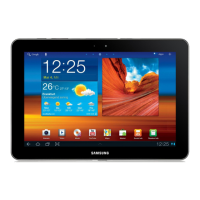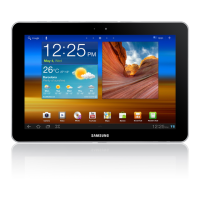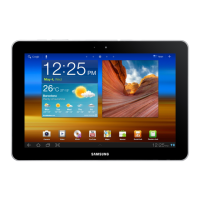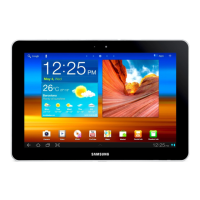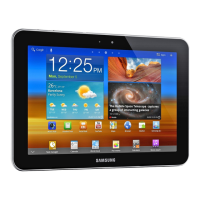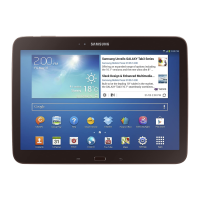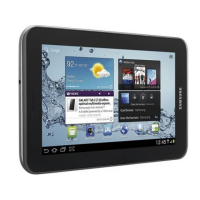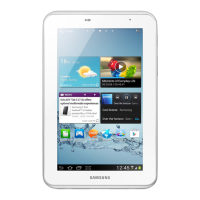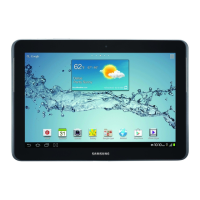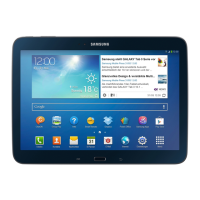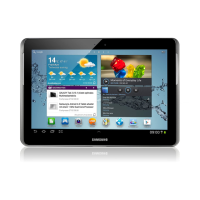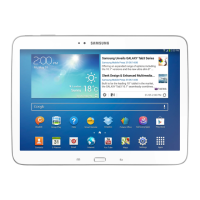What is PIN2 on Samsung GT-P7500?
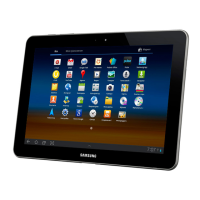
What is PIN2 on Samsung GT-P7500?
| Model | GT-P7500 |
|---|---|
| Category | Tablet |
| RAM | 1 GB |
| Expandable Storage | No |
| Rear Camera | 3.15 MP |
| Front Camera | 2 MP |
| Battery | 7000 mAh |
| Dimensions | 256.7 x 175.3 x 8.6 mm |
| Colors | Black, White |
| Processor | 1 GHz dual-core ARM Cortex-A9 |
| Internal Storage | 16GB / 32GB |
| Operating System | Android 3.1 (Honeycomb), upgradable to 4.0 |
| Weight | 565 g |
| Connectivity | Wi-Fi, Bluetooth 3.0, USB 2.0 |
| Display | 10.1 inches, 800 x 1280 pixels |
Important introductory information and precautions before using the device.
Explanation of symbols used throughout the manual for clarity.
Step-by-step instructions for inserting the SIM or USIM card.
How to charge the device's built-in battery for first-time use.
Turn device on/off, identify hardware keys, and understand flight mode.
Learn basic touch gestures and navigate the device's main interface.
Guide to finding and launching installed applications on the device.
Adjusting volume, touch tones, language, and display brightness.
Setting up screen locks and activating the mobile tracker.
Using virtual keyboards like Android, Samsung, and Swype for text entry.
How to copy, cut, and paste text between applications.
Accessing, bookmarking, and navigating web pages.
Using services like YouTube, Google Maps, and Market.
Creating and sending messages and managing email accounts.
Using Google Talk for chatting and accessing Social Hub.
Playing music, creating playlists, and customizing player settings.
Capturing photos and videos with various modes and settings.
Viewing videos and managing photos in the device's gallery.
Connecting to a PC via USB for file transfer and syncing.
Activating and connecting to wireless networks and Bluetooth devices.
Using device as hotspot, tethering, and utilizing GPS services.
Managing Wi-Fi, Bluetooth, Tethering, and VPN connections.
Adjusting audio, visual, and text input preferences.
Managing device security, screen locks, and power saving modes.
Customizing text input, voice recognition, and accessibility features.
Setting the device's date, time, and time zone.
Resolving common problems like incorrect codes and network messages.
Troubleshooting device freezes, touch screen issues, and connection problems.
Warnings about electric shock, fire, explosion hazards, and proper device handling.
Precautions against repetitive motion injuries, hearing damage, and flashing lights.
